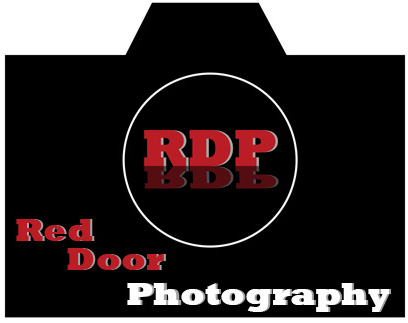Tweet
Now that's some funny stuff right there! Joe McNally has a new blog and website that, really didn't change as far as content go, but look the same now. It's all about branding these days, so he wanted his website and his blog to look the same. We should think about that... Found some interesting news today about Nikon's next camera release. The rumor is that the updated version of the D300 and the D3 will be released at the same time in the fall. This doesn't matter much to me because the improvements aren't going to be worth the extra money to upgrade so I'll stick with my D300. I hope to upgrade to a full frame, possibly the D3 by the end of the year. We'll see how things go, and whether or not the boss(note: Wife) allow that. I'll definitely keep the D300 as a second body, and backup. On to something that you maybe didn't know before.
The metering system for the Nikon flash and the Nikon camera are different. But you say, "Jason, isn't it TTL or through the lens metering? How could it be different". Well it is. The camera bodies have three settings, Spot, center weighted, and matrix. Spot metering uses the very center section of the lens to meter the scene. It only takes a reading from the center 6mm(or 8 or 10 depending on what you have it set on) of the lens. Matrix metering takes a reading of the entire scene and tries to expose for the entire scene. Center weighted does the same as matrix, only it gives more "weight" or priority to the center 6mm point. Now no matter what you have your camera's metering style set on, the flash only meters like spot. It only takes a meter reading from the center 6mm. This is fine if your subject is smack dab in the middle of your scene, but sometimes we want to compose them to the left or the right in the scene. This can become a problem. If you are shooting a wedding, or an event where the pace is fast, and no one is standing still, you don't have a choice but to go with it and adjust your flash compensation when possible. But if you are composing a portrait where you are using speed lights wirelessly, you can utilize the FV or flash value lock of your camera. It varies from camera to camera so refer to your manual on how to actually set the flash value lock. What you would do in the above situation is first take a quick photo of your subject with them directly in the middle of the scene. press your flash value lock button. The flash is now locked at that output that it just produced. Now you can recompose them to the right or the left of your scene and take another photograph. This time the light on them should stay the same as it did in the first photograph. Don't forget though, if you change scenes, you have to hit the flash value lock button again to "unlock" it. Try this at home for yourself to see what I mean. I think you'll be surprised.
I hope everyone has a wonderful day, and I will see you all back here tomorrow. Jason
Thursday, June 11, 2009
Subscribe to:
Post Comments (Atom)






No comments:
Post a Comment